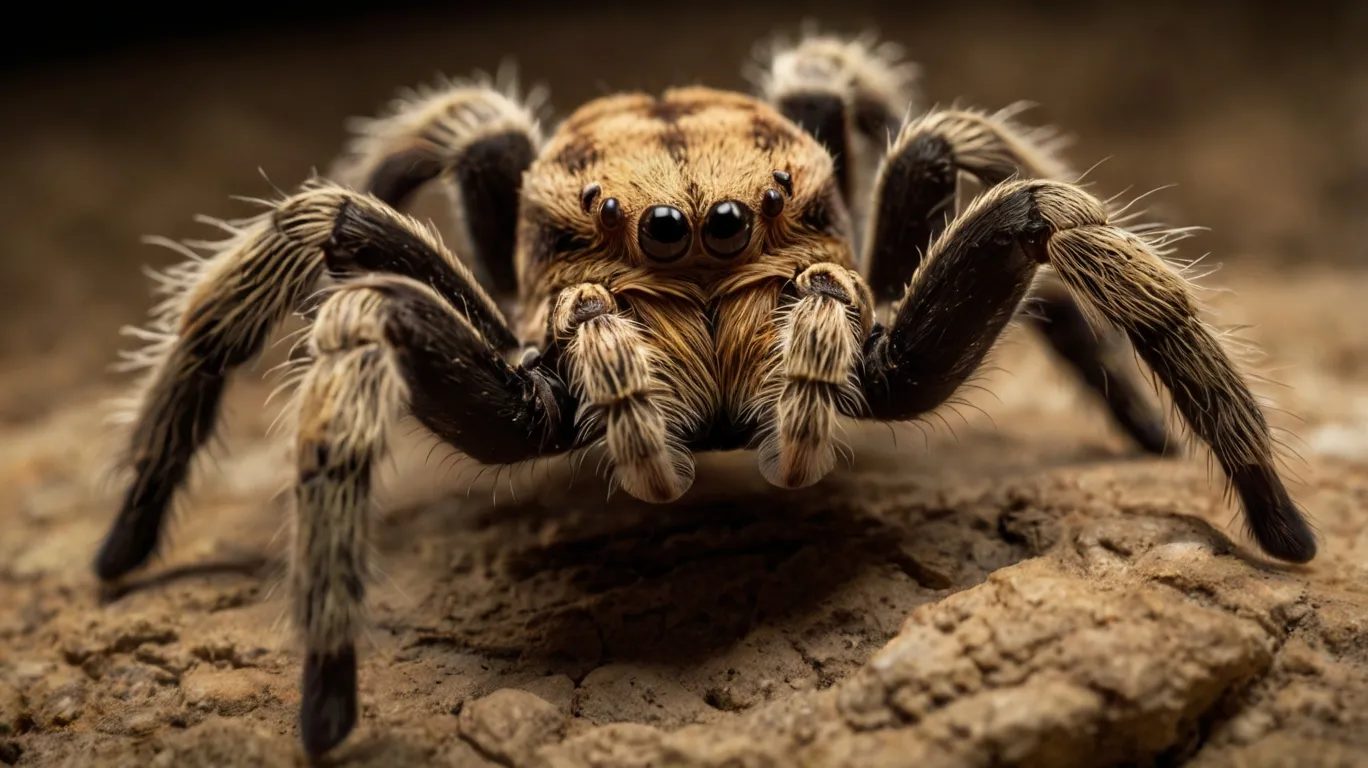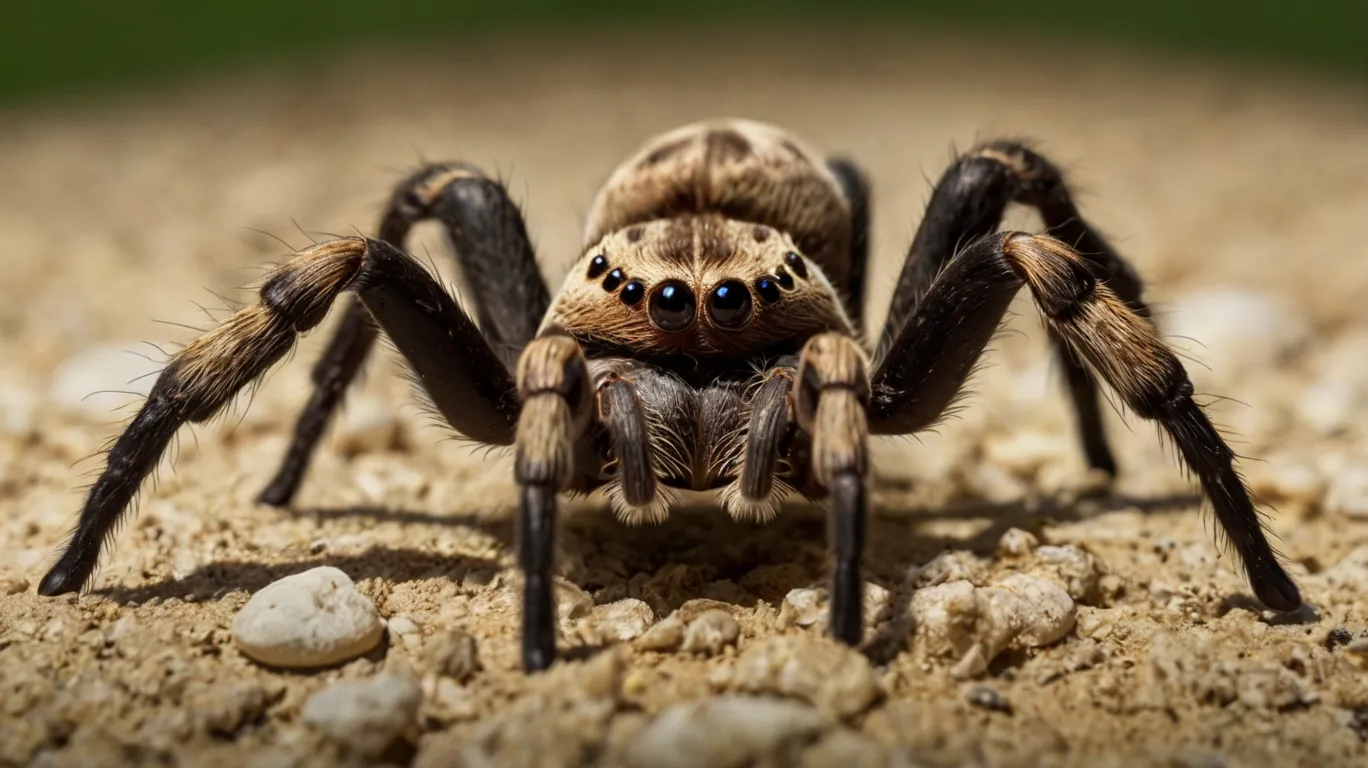Tarantula Interaction & Safe Handling Guide
Interacting With Your Tarantula
Tarantulas are fascinating arachnids often kept for their unique appearance and low-maintenance care. They are generally considered **observational pets**. While some keepers choose to handle certain docile species, it carries inherent risks for both the tarantula and the handler. “Interaction” primarily involves careful husbandry and appreciating their behavior within the enclosure.
CAUTION: Handling Risks. Handling tarantulas is generally discouraged. A fall from even a short height can rupture a tarantula’s abdomen, which is often fatal. All tarantulas possess venom (though most New World species’ bites are medically insignificant, akin to a bee sting, unless allergic), and New World species have urticating hairs they can kick, causing irritation to skin, eyes, and respiratory passages. Old World species often have more potent venom and defensive temperaments. **Observation is the safest interaction.**

Understanding Tarantula Behavior
Knowing their nature helps ensure safe and respectful interaction.
- Defensive, Not Aggressive: Tarantulas typically bite or kick hairs only when they feel threatened.
- Threat Posture: Recognize the classic threat pose: rearing up on back legs, raising front legs, and exposing fangs. This is a clear warning to back off.
- Urticating Hairs: New World species flick hairs from their abdomen when disturbed. These microscopic barbed hairs cause itching and irritation. Avoid contact with eyes and airways.
- Species Temperament: Temperament varies hugely by species (and individual). Some (like *Grammostola* or *Brachypelma*) are known for being docile, while others (like *Pterinochilus murinus* – OBT) are notoriously defensive. Research your specific species.
- Poor Eyesight: Tarantulas rely on vibrations and air currents more than sight. Approach slowly and predictably.
Safe Interaction Practices
Focus on husbandry and observation rather than direct contact.
- Enclosure Maintenance: Use long tongs or forceps for feeding, removing waste, or adjusting decor. Avoid sudden movements inside the enclosure.
- Observe Feeding: Watching your tarantula hunt and eat prey is a primary form of interaction.
- Monitor Behavior: Observe its activity patterns, webbing behavior, and signs of an impending molt (pre-molt), such as sluggishness, darker coloration, and refusal of food. Avoid disturbance during pre-molt and molting.
- Rehousing Safely: When rehousing is necessary, use the “cup method” or gently guide the tarantula with a soft brush into the new enclosure or a catch cup. Never force or grab the tarantula. Perform rehousing inside a larger, secure container (like a plastic bin) to prevent escapes.
Handling Considerations (If Attempted)
If handling is attempted despite the risks, extreme caution is necessary.

- Species Selection: Only consider handling famously docile species (*G. pulchra, G. pulchripes, A. chalcodes*, some *Brachypelma*). NEVER attempt to handle Old World species or known defensive New World species.
- Know Your Spider: Understand the individual temperament of your specific tarantula. Even docile species can have bad days.
- Calm Environment: Handle only when both you and the spider are calm, in a quiet room with no distractions.
- Low to Ground: Always handle sitting on the floor or over a large, soft surface. Prevent falls at all costs.
- Gentle Coaxing: Gently encourage the tarantula to walk onto your flat hand using a soft brush or by placing your hand in its path. Never grab or restrain it.
- Short Duration: Keep handling sessions very brief (a minute or two).
- Hand Walking: Allow the tarantula to walk slowly from one hand to the other.
- Be Prepared for Bolting: Understand that even calm spiders can suddenly bolt. Be ready to gently corral it, not grab it.
- Avoid Face Contact: Keep the tarantula away from your face to minimize risk from bites or hairs.
Recognizing Stress and Threat Postures
Knowing when to stop interaction is crucial.
- Threat Pose: Rearing up, fangs exposed 窶
- Hair Kicking: Rubbing hind legs on the abdomen to release hairs 窶
- Bolting/Rapid Movement: Trying to escape quickly indicates fear or stress.
- Leg Tapping: Some species tap rapidly when agitated.
- Stop Immediately: If any of these signs appear, stop the interaction and allow the tarantula to retreat or gently guide it back to its enclosure.
Safety First: Tarantulas are wild animals, not domesticated pets. Prioritize their safety and yours by focusing on observation and careful husbandry. Handling is a risk that should be carefully weighed and approached with extensive knowledge and caution, if at all.